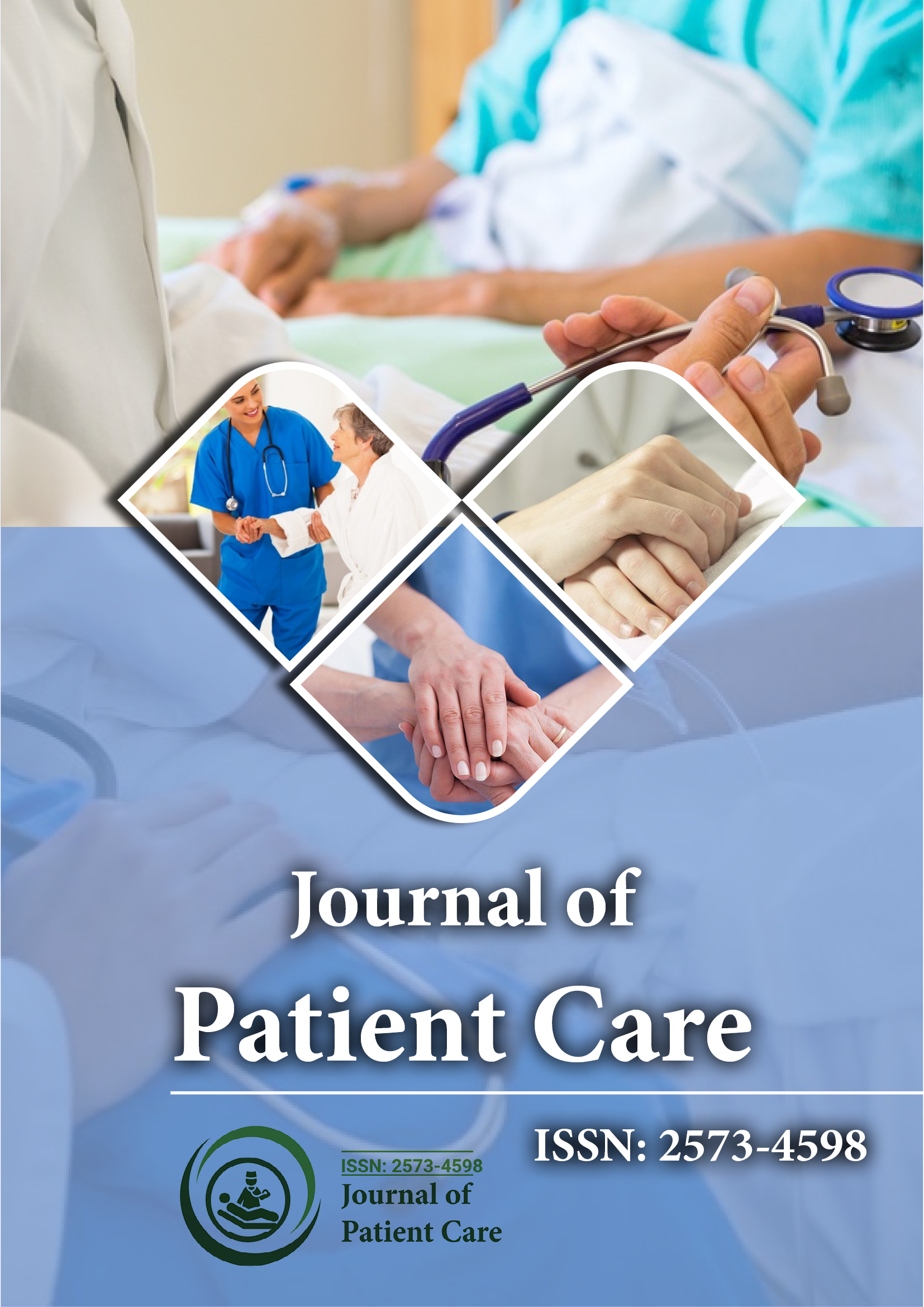Indexed In
- RefSeek
- Hamdard University
- EBSCO A-Z
- Publons
- Geneva Foundation for Medical Education and Research
- Euro Pub
- Google Scholar
Useful Links
Share This Page
Journal Flyer

Open Access Journals
- Agri and Aquaculture
- Biochemistry
- Bioinformatics & Systems Biology
- Business & Management
- Chemistry
- Clinical Sciences
- Engineering
- Food & Nutrition
- General Science
- Genetics & Molecular Biology
- Immunology & Microbiology
- Medical Sciences
- Neuroscience & Psychology
- Nursing & Health Care
- Pharmaceutical Sciences
Opinion Article - (2022) Volume 8, Issue 5
Effects of Second-Hand Smoke Inhalation in Early Life
Wang Lei*Received: 26-Aug-2022, Manuscript No. JPC-22-18388; Editor assigned: 30-Aug-2022, Pre QC No. JPC-22-18388 (PQ); Reviewed: 15-Sep-2022, QC No. JPC-22-18388; Revised: 21-Sep-2022, Manuscript No. JPC-22-18388 (R); Published: 30-Sep-2022, DOI: 10.35248/2573-4598.22.8.201
Description
The smoke that comes from a cigarette's burning end and the smoke that smokers exhale together are called secondhand smoke. There are more than 7,000 compounds in secondhand smoke. Seventy or so are carcinogenic, and hundreds are harmful. People who don't smoke are exposed to secondhand smoke when they inhale smoke from burning tobacco products or smoke exhaled by smokers.
The only method to completely protect people from secondhand smoke exposure is through the implementation of comprehensive smoke free regulations and laws in all workplaces and public spaces without exception. Comprehensive smoke free legislation and practices can also assist smokers in quitting and discourage young people from taking up the habit.
For many individuals, the workplace is a significant source of SHS exposure. Federal agencies in charge of workplace health and safety, such as the Occupational Safety and Health Administration (OSHA) and the National Institute for Occupational Safety and Health (NIOSH), acknowledge that there are no known safe levels of SHS exposure and advice that exposures be lowered to the lowest possible levels [1].
According to the Surgeon General, the only approach to stop SHS exposure at work is to implement smoke-free workplace standards. Smokers must be kept apart from non-smokers, the air must be cleaned, and the building must be ventilated in order to prevent exposure [2]. In addition to safeguarding nonsmokers, workplace smoking bans may also persuade those who do so to cut back or even give up their habit.
In public areas where smoking is permitted, including some restaurants, shopping centres, public transportation, parks, and schools, anybody can be exposed to SHS. The Surgeon General advises choosing smoke-free establishments and informing proprietors of establishments that are not smoke-free that SHS is bad for the healthly people. A particular area of concern is where kids frequent public spaces. Ensure that the day-care facilities and schools where their children attend are smoke-free [3]. Although some companies might be reluctant to prohibit smoking, there isn't any concrete proof that doing so will harm their bottom line.
One of the most crucial things person can do for their family's health is to make their home smoke-free. Any family member could experience SHS-related health issues. The poisons in SHS are particularly sensitive to children's developing bodies [4]. And consider this: we spend the majority of our time at home. A smoke-free home is safer for their loved ones, visitors, and even pets.
Numerous professional medical organizations have been striving to persuade people to make their homes and cars smoke-free in response to this reality. Even some towns and states have regulations against smoking in vehicles when transporting people who are under a specific age or weight. Additionally, smoking is prohibited on the grounds of many establishments, including hospitals, malls, schools, and colleges, as well as in their parking lots.
Every time they see a child career, healthcare professionals should emphasize and support heart-healthy practices, as well as encourage parents and caregivers to give up smoking for the sake of both their own and their child's health [5]. Mass media campaigns, cigarette price increases, including those brought on by tax increases, school-based policies and programs, and changes to smoke-free laws at the state or local level are all effective interventions for lowering the initiation, prevalence, and intensity of smoking among youth and young adults. They may also significantly lower SHS exposure. The evidence cited in this assertion supports the need for a strong public health strategy that includes a zero-tolerance approach to child SHS exposure.
REFERENCES
- Öberg M, Jaakkola MS, Woodward A, Peruga A, Prüss-Ustün A. Worldwide burden of disease from exposure to second-hand smoke: a retrospective analysis of data from 192 countries. Lancet. 2011; 377(9760):139-146.
[Crossref] [Google Scholar] [PubMed]
- Longman JM, Passey ME. Children, smoking households and exposure to second-hand smoke in the home in rural Australia: analysis of a national cross-sectional survey. BMJ Open. 2013; 3(7):e003128.
[Crossref] [Google Scholar] [PubMed]
- Dietz PM, England LJ, Shapiro-Mendoza CK, Tong VT, Farr SL, Callaghan WM. Infant morbidity and mortality attributable to prenatal smoking in the US. Am J Prev Med. 2010; 39(1):45-52.
[Crossref] [Google Scholar] [PubMed]
- Wang Z, May SM, Charoenlap S, Pyle R, Ott NL. Effects of secondhand smoke exposure on asthma morbidity and health care utilization in children: a systematic review and meta-analysis. Ann Allergy Asthma Immunol. 2015; 115(5):396-401.
[Crossref] [Google Scholar] [PubMed]
- Hansen K, Mangrio E, Lindström M, Rosvall M. Early exposure to secondhand tobacco smoke and the development of allergic diseases in 4 year old children in Malmö, Sweden. BMC pediatrics. 2010; 10(1):1-8.
[Crossref] [Google Scholar] [PubMed]
Citation: Lei W (2022) Effects of Second-Hand Smoke Inhalation in Early Life. J Pat Care. 8:201.
Copyright: © 2022 Lei W. This is an open-access article distributed under the terms of the Creative Commons Attribution License, which permits unrestricted use, distribution, and reproduction in any medium, provided the original author and source are credited.
